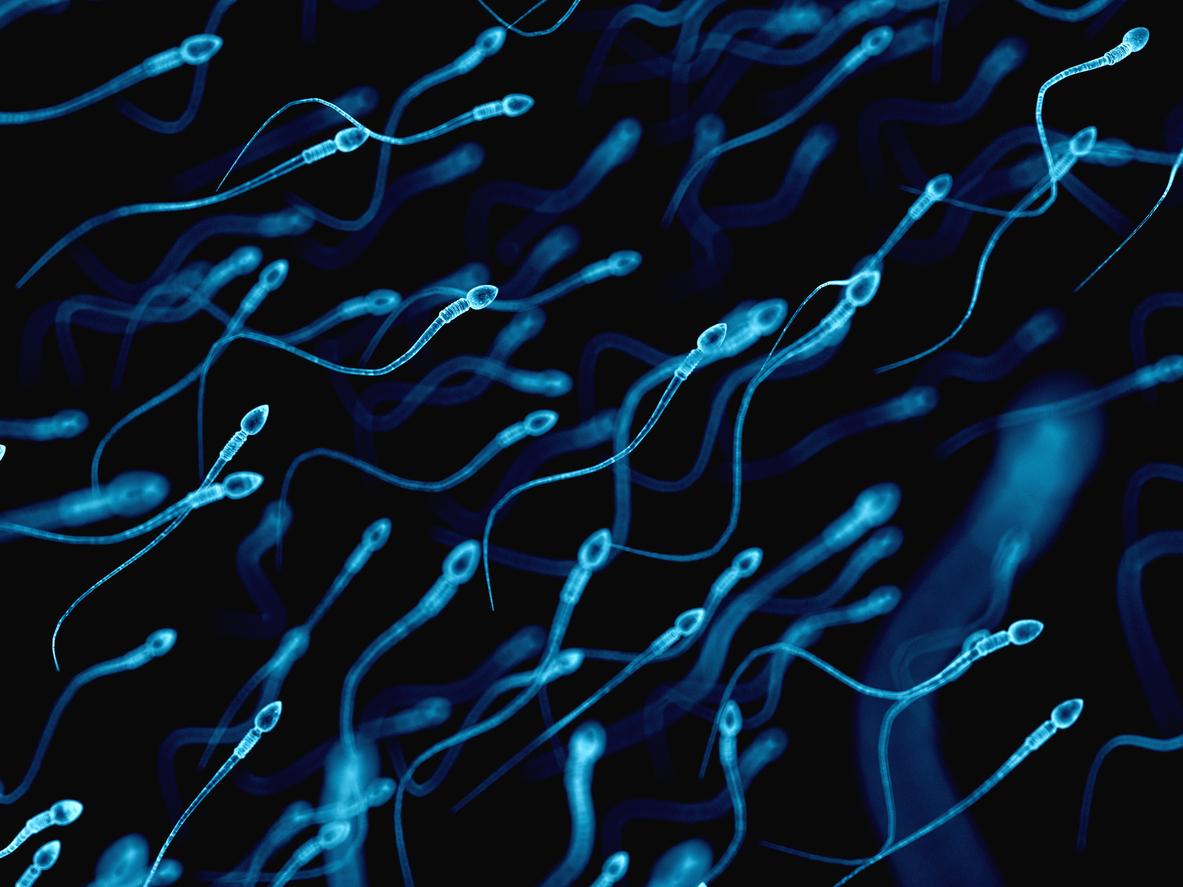How does male infertility manifest? European scientists describe an underlying mechanism in certain DNA cells that may be involved in this dysfunction in humans.

- Alteration of a protein can disrupt the abilities of sperm cells
- The functioning of their flagellum is disturbed and they deviate from their trajectory
Published in the journal Sciencee, the research was led by researchers from the Institut Curie and the CNRS, in collaboration with several European scientists. The latter identified a particular enzymatic modification of a protein (tubulin), essential for keeping sperm swimming in a straight line.
Although the existence of these variations has been known for a long time, the precise role they play remains poorly understood. This is particularly the case of tubulin, which forms long filaments called microtubules, which will themselves manufacture scaffolds in cells. Although microtubules are very similar in all the cells of our organism, they perform a wide variety of functions. One of them is located in the tails of the sperm, essential for male fertility.
Also known as ‘flagella’, sperm tails must work in a very precise and coordinated way, in order to allow the sperm to swim gradually. To keep sperm swimming in a straight line, modification of the tubulin protein by enzymes is essential. One of these modifications, called glycylation, was until now one of the least explored in tubulin. It is precisely this aspect that the authors of the study scrutinized.
Deviation of sperm trajectory
Looking more closely at glycylation, the researchers found that in the absence of this modification of tubulin, the functioning of the flagella is disrupted and the sperm cells deviate from their trajectory, most often by swimming in circles.
To reach this conclusion, the scientists conducted research on mice from the same lineage and devoid of glycylation. “We observed functional defects in the sperm of mice lacking glycylation, which resulted in reduced fertility. As mice, as a model system, are known to have robust fertility, a similar defect in humans could lead to male sterility.“, explains Carsten Janke, researcher at the CNRS, who participated in the study.
According to the authors of the work, these results highlight a potential new underlying mechanism linked to male infertility. And since the structures of microtubules formed by sperm flagella are found in several functions of our body, understanding the mechanisms involved in glycylation could open the way to a more in-depth understanding of multiple diseases (cancer, kidney disease, respiratory and visual disorders, etc.)
.

















